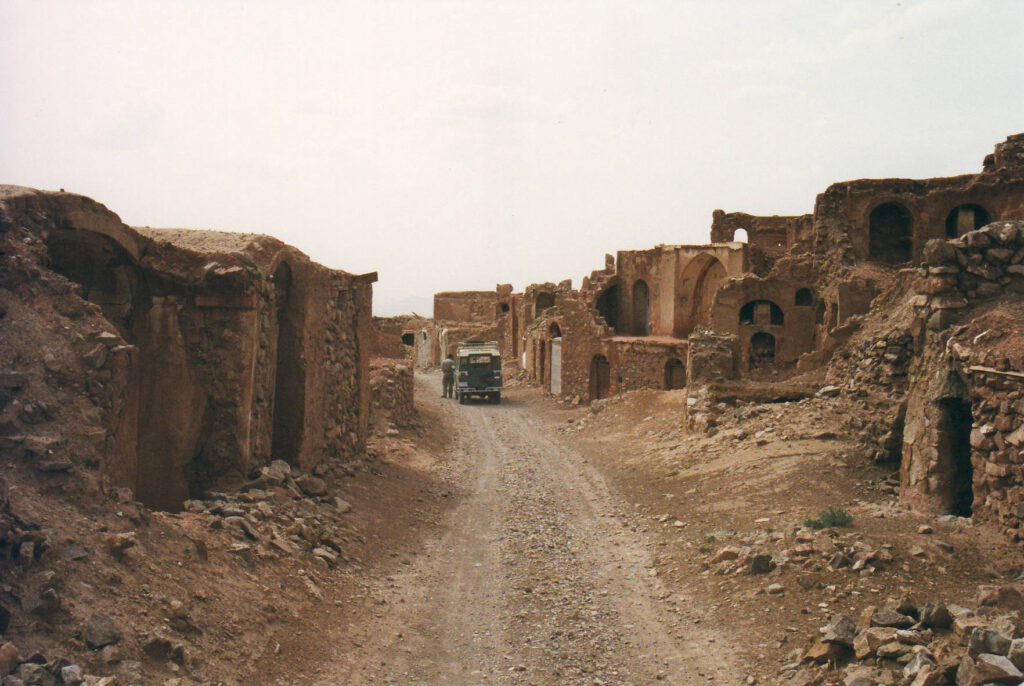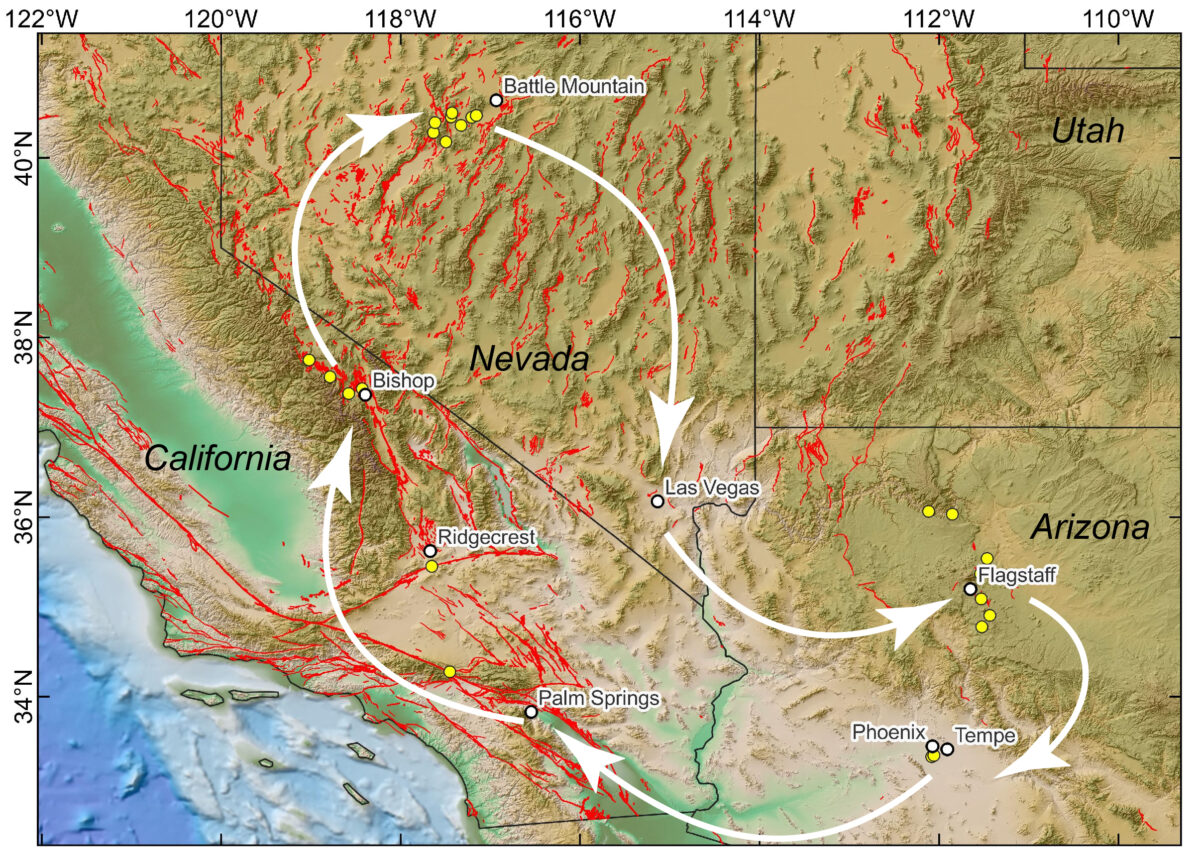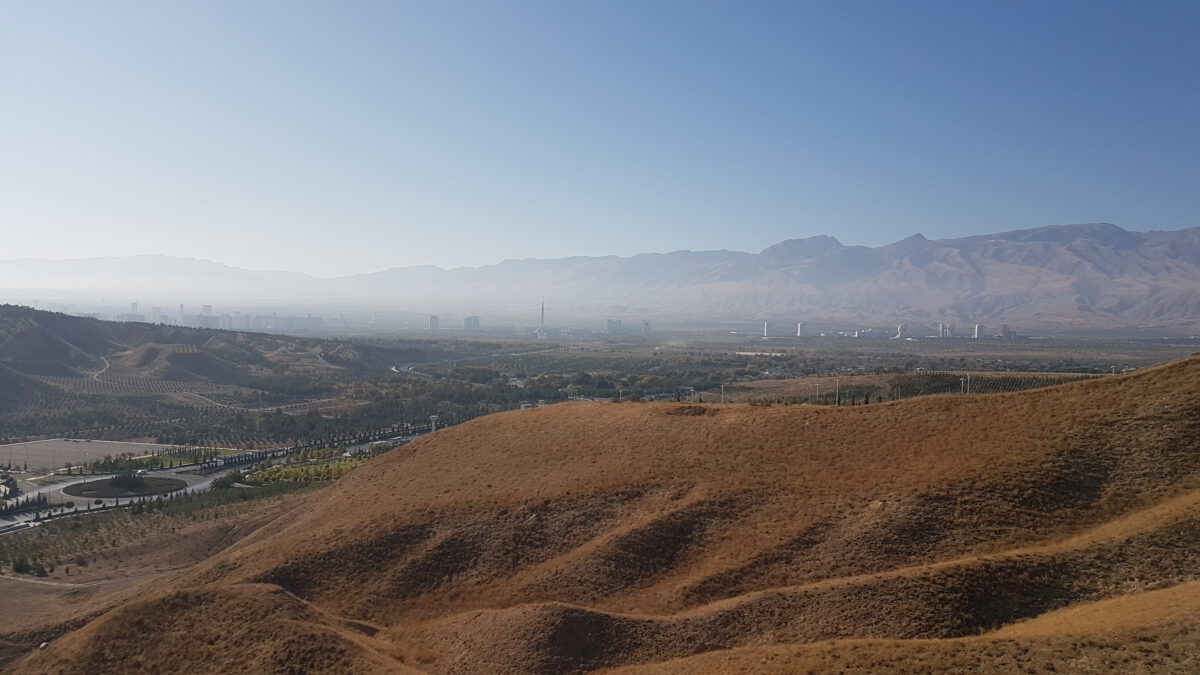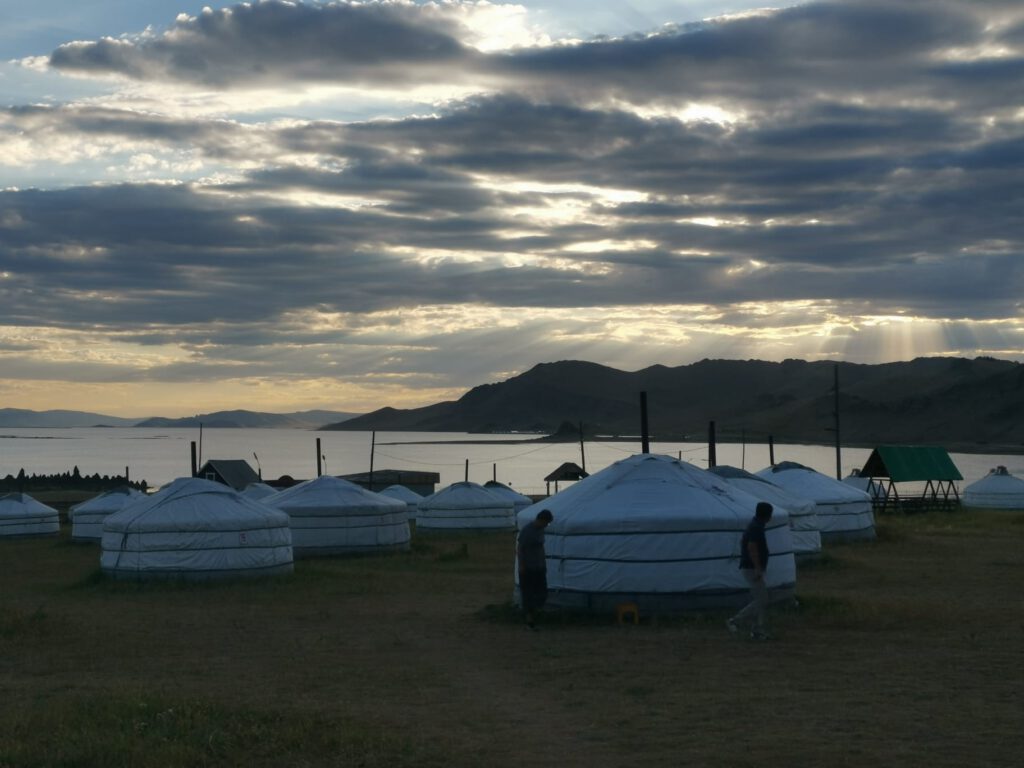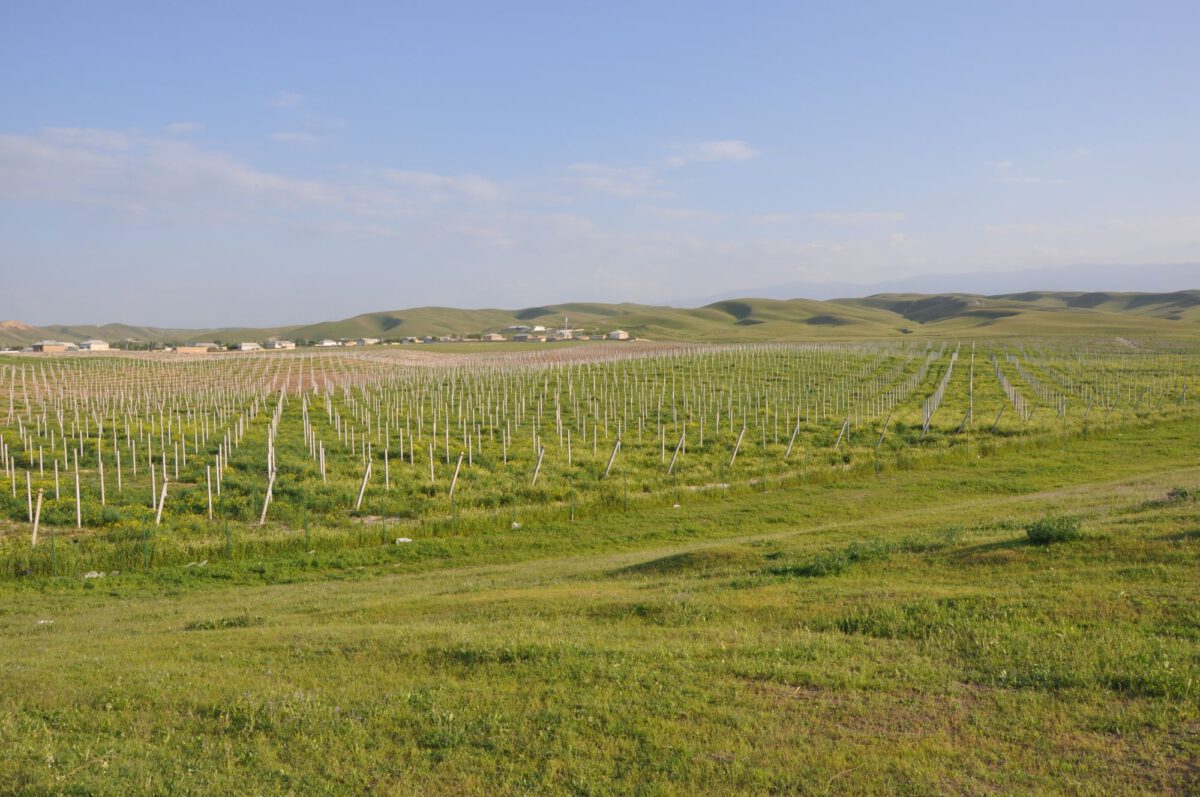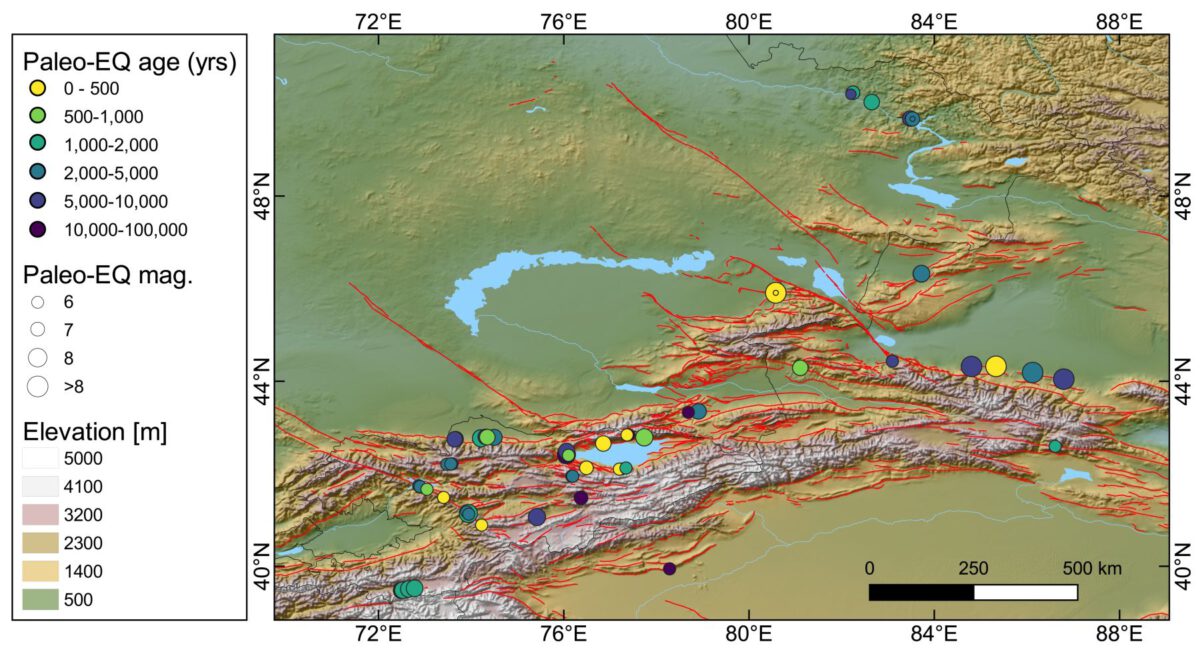In a new correspondence published in Nature Geosciences, we emphasize the urgent need for greater earthquake resilience in continental Asia. Recent earthquakes far away from Almaty caused significant shaking in the former capital of Kazakhstan, reminding us that Almaty has been badly damaged by three strong earthquakes in 1887, 1889, and 1911. Back then, the earthquakes also happened on faults distant to the city, but there is a lot of evidence that the city itself sits on a long active fault. Building resilience now, before the next big quake strikes, is urgently needed. This holds true not only for Almaty, but for many other Central Asian cities with large populations that are located on, or very close to, active faults, such as Bishkek, Tashkent, Tehran, or Ashgabat.
Abdrakhmatov, K., Arrowsmith, R., Elliott, J., Grützner, C., Mukambayev, A., Rizza, M., Shnizai Z., Walker, R. T., Weldon, R., & Wilkinson, R. (2024). Urgent need for greater earthquake resilience in continental Asia. Nature Geoscience 17, 818–819.

